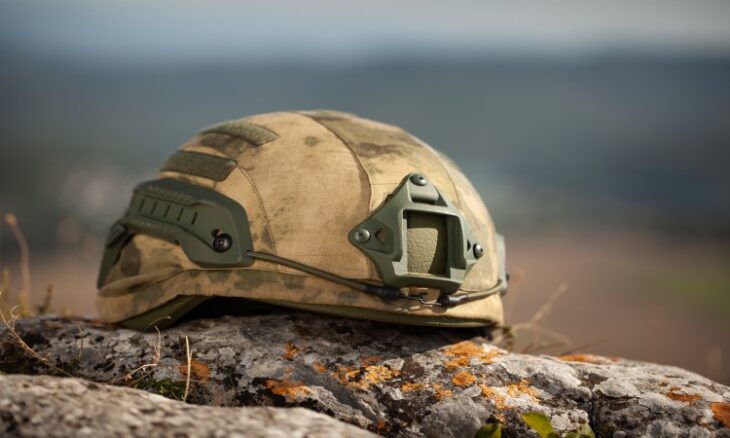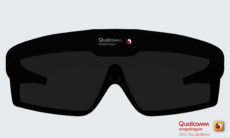Anduril and Meta launch EagleEye military MR headset
Anduril, in collaboration with Meta, has unveiled a new artificial intelligence-driven mixed reality system designed for military use, called EagleEye. The device is intended to be integrated into soldiers’ helmets and to replace bulkier conventional equipment by redistributing mass and reducing the size of traditional night-vision apparatus. The design aligns the system’s sensors with the wearer’s centre of gravity to improve balance and comfort during operations.
The headset combines several capabilities into a single wearable package. It provides an optically transparent daytime heads-up display and a distinct digital night-time HUD, each optimised for its operational environment. These overlays are intended to enhance the operator’s situational awareness by layering contextual digital information directly onto the physical view, enabling personnel to make faster, better-informed decisions while remaining visually connected to their surroundings.
EagleEye also integrates a collaborative three-dimensional mission planning environment. This allows mission command to rehearse tasks on a high-fidelity 3D table, coordinate unit movements, and fuse live video feeds that are securely anchored to terrain features. The system’s collaborative tools are described as enabling a shared operational picture that persists across multiple operators, facilitating coordinated action without requiring conventional flat schematics.
A Blue Force Tracking capability forms part of the system, giving soldiers precise positional awareness of fellow forces. Rather than representing teammates as simple markers on a two-dimensional map, the tracking system provides location data that can indicate placement inside structures and on particular floors. This refinement aims to reduce fratricide risks and to improve room-clearing and urban manoeuvre coordination.
Data gathered from distributed sensors across the battlefield is collected into Anduril’s Lattice network. That mesh of sensors supplies real-time feeds to operators, allowing detection and tracking of potential threats even when line of sight is obstructed. The Lattice architecture is built to sustain resilient command-and-control in contested environments, specifically in constrained, degraded, intermittent or limited (DDIL) communications conditions, so that command capabilities persist when networks are stressed or partially denied.
The platform extends beyond passive observation. Through EagleEye, operators can manage unmanned aerial vehicles, request and coordinate fire support, and direct other robotic assets. The intention is for the headset to act as an integrative control surface, consolidating disparate mission systems into a singular, soldier-facing interface that reduces cognitive load while improving task throughput.
Additional sensors broaden the system’s perceptual envelope. Rear and side-view sensors aim to reduce blind spots, while spatial audio features provide directional sound cues to complement visual data. Radio-frequency detection is included to give operators awareness of signal activity in their vicinity, adding another detection modality to visual and acoustic sensing. On the protective side, the integrated architecture is reported to include ballistic protection features intended to mitigate the effects of blast waves, addressing both information and survivability concerns in an expeditionary context.
Weight distribution and ergonomics are central to the headset’s design philosophy. By embedding processing and sensors into the helmet and scaling down conventional night-vision components, the system seeks to limit neck strain and reduce the physical toll on soldiers during extended missions. Aligning sensors with the user’s centre of gravity is presented as a practical step to make the technology viable for routine operational use rather than an occasional specialised tool.
Taken together, the elements make EagleEye a comprehensive attempt to fuse artificial intelligence, mixed reality displays, distributed sensing and command utilities into a single soldier-worn system. The developers position the device not merely as additional equipment but as a platform intended to become a standard enabler for a range of tasks in contemporary military operations, from urban clearing and reconnaissance to coordinated manoeuvre and remote asset control.










